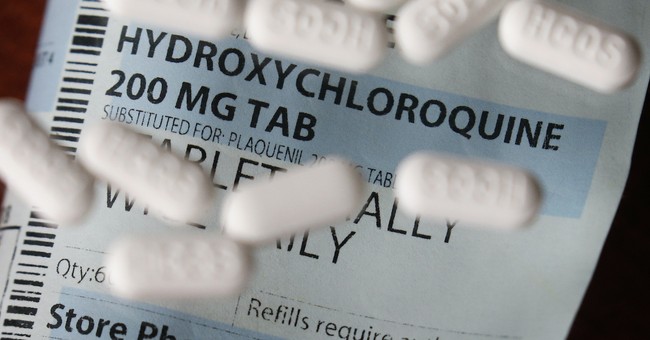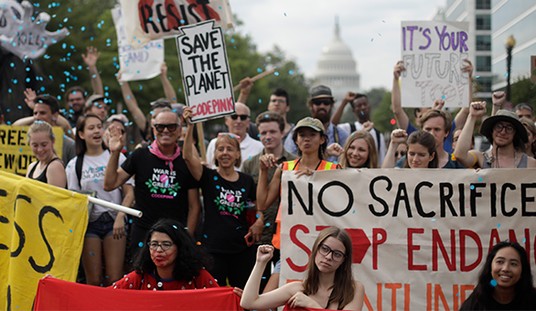
Last week, Lancet had to retract the most highly-touted hydroxychloroquine study to date, which was used as evidence for entire countries to change their stance on the drug. The study, which was obviously flawed on its face (I commented well before it was exposed that the groupings made no sense), turned out to be produced by a shell company, with unverified data gathered by non-scientists.
But when that study flopped, another study was immediately latched onto. It’s called the RECOVERY trials and was done in the UK. Supposedly, this study was the counter to the fake study published by Lancet. It was the proof that “well yeah, that other study was bad, but this one got the same results.” Well, not so much.
Edmund Fordham wrote a piece on what is an emerging controversy, in which it appears the lead of the RECOVERY trial took hydroxychloroquine for another drug, resulting in a high death rate.
Internet sleuths also got to work on the very heavy doses of the drug that were given – 2400 mg in the first 24 hours, a ‘dose fit for a gorilla’ as one critic had it. Quizzed about this, Landray defended the dosage, twice, as being usual for other diseases such as amoebic dysentery. Say again? Hydroxychloroquine is used for lupus and arthritis as well as malaria, but dysentery? As a footnote in medical history, the older chloroquine was used half a century ago in attempts to control dysentery, but Professor Christian Perronne, head of infectious diseases at Garches, France, told France Soir that it had been abandoned before 1976. Was Landray confusing hydroxychloroquine with the hydroxyquinolines, which are used for dysentery?
1,132 patients died in the RECOVERY trial, with general death rates nearly 10% higher than other country’s hospitals (the trial was randomized through Britain’s NHS). Whether giving people 3x the usual dosage of most other studies played a part is now a very real question.
Landray defended himself twice, but is now claiming he’s being misquoted. The French newspaper who quoted him denies that.
Landray explained there was no approved dosing for Covid because it was a new disease. Well, yes, but the toxic dose won’t change depending on the illness. Asked whether the UK had a maximum dose for hydroxychloroquine, Landray wasn’t sure, but opined it would be much larger, say six to ten times the trial’s dose. That makes 24 whole grams. NICE says about 490 mg per day for a 75kg adult. In France 1800 mg in a day mandates hospitalization as a poisoning. Twenty-four grams at one go would be almost certainly lethal, possibly even to a gorilla. So Landray has had notice of some hard questions on dose, which will no doubt be explained in the full report, not yet released.
In the end, though, this study is just another in a long list which completely miss the mark and it’s good that it was canceled. The effectiveness of hydroxychloroquine to fight coronavirus has always been in the early stages because of how the virus works. Doing trials on extremely sick, hospitalized patients is scientifically counterproductive because the viral infection itself is no longer the issue at that point. As the now-debunked Lancet published study counted in their data, giving hydroxychloroquine without adjacent drugs (anti-biotic and zinc) is pointless and using that data in “studies” to claim the drug doesn’t work at all is incredibly misleading. Why is that even being studied and included in any determination of its effectiveness?
Countries and doctors that report success with hydroxychloroquine already know not to give it to late-stage patients and that it’s ineffective when used alone. What they also know is that it does appear to have benefits for early-stage, non-hospitalized subjects when prescribed properly in conjunction with other drugs. Why is it so difficult for some to separate those things and focus on helping people?
The whole thing feels politicized at this point.













Join the conversation as a VIP Member